Holden Beach Says ‘No’ to Terminal Groin, NC
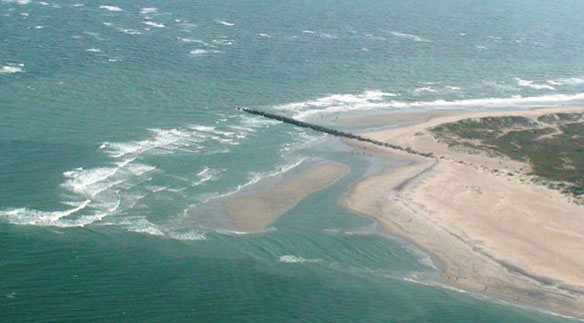
Terminal groins are wall-like structures built perpendicular to the shore at inlets to contain sand in areas of high erosion, like that of beaches at inlets.
Could a tiny enzyme eradicate plastic garbage plaguing the world’s oceans?
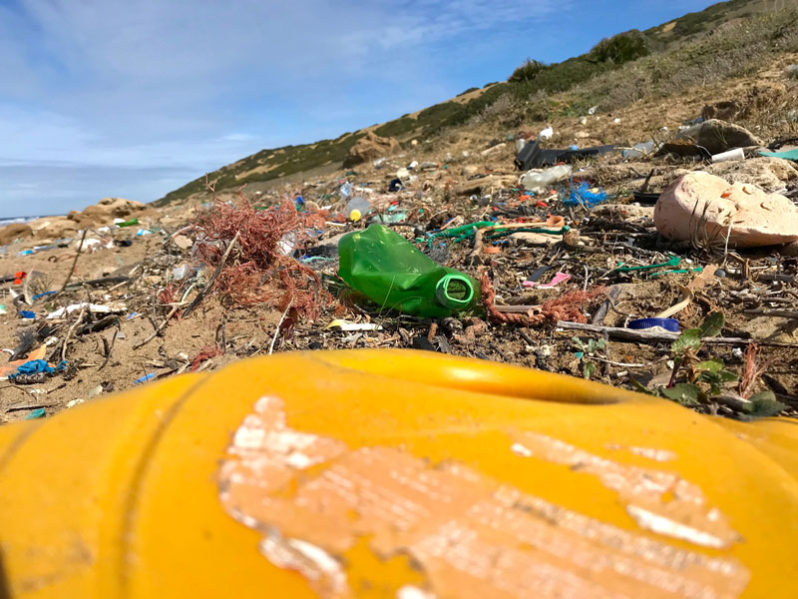
A small enzyme could be the solution to plastic pollution, one of the planet’s biggest environmental problems. Millions of metric tons of plastics wind up in the ocean each year.
Global warming is transforming the Great Barrier Reef
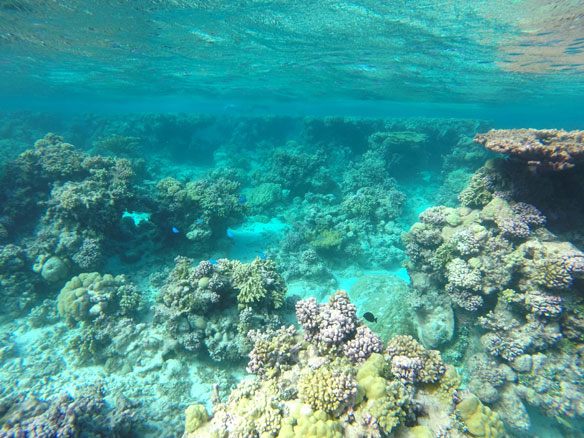
A new study published online today in Nature shows that corals on the northern Great Barrier Reef experienced a catastrophic die-off following the extended marine heatwave of 2016.
Can Adding Sand to Beaches Save Them?
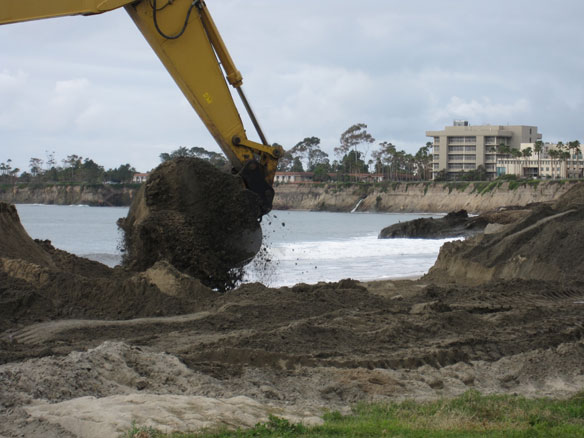
The question is, can beach nourishment keep up with the ever-increasing forces of climate change or, like Sisyphus forever pushing his boulder up the hill, is adding sand to beaches an expensive, temporary fix to a long-term problem?
Mapping Beach Changes After Devastating Montecito Debris Flows
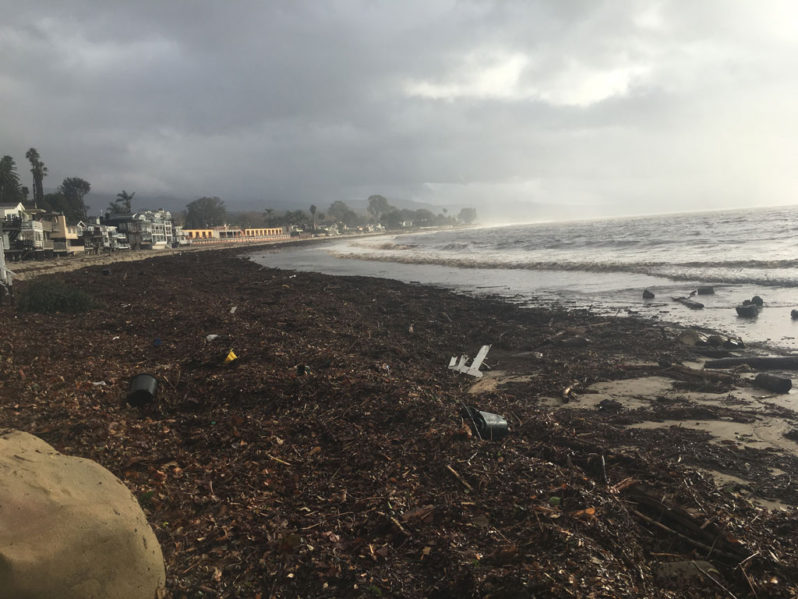
During the week of March 26, scientists from the U.S. Geological Survey carried out four days of mapping selected beaches and the adjacent seafloor in Santa Barbara and Ventura counties. Results will be compared to surveys from last fall to highlight changes due to winter waves, and to sediment inputs from area streams.
Though wealthy, Jupiter Island gets $8.6M for beach repair from FEMA
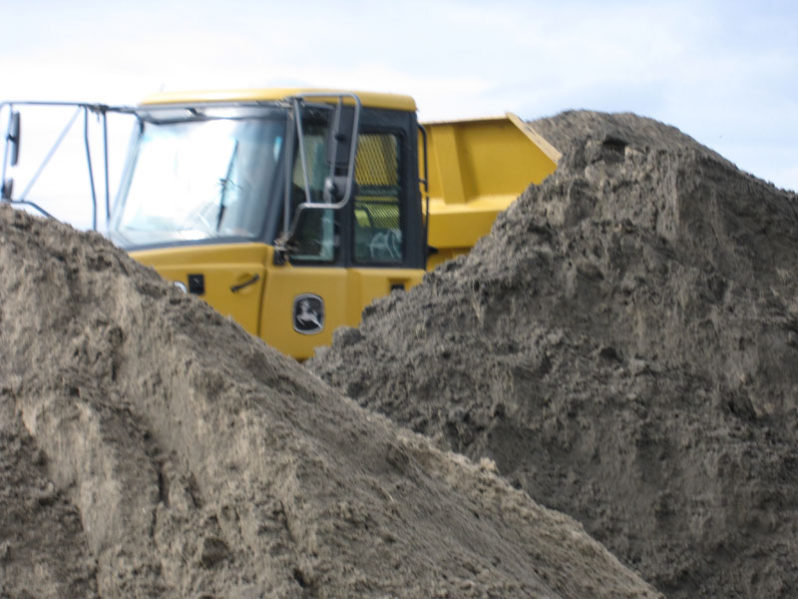
Jupiter Island, a well-heeled seaside enclave where home values average $4.97 million, was awarded $8.6 million in federal emergency money for beach re-nourishment following a beating by 2016’s Hurricane Matthew. FEMA has obligated more than $233 million for Florida beach projects under the program.
To shore up beaches, just add sand?
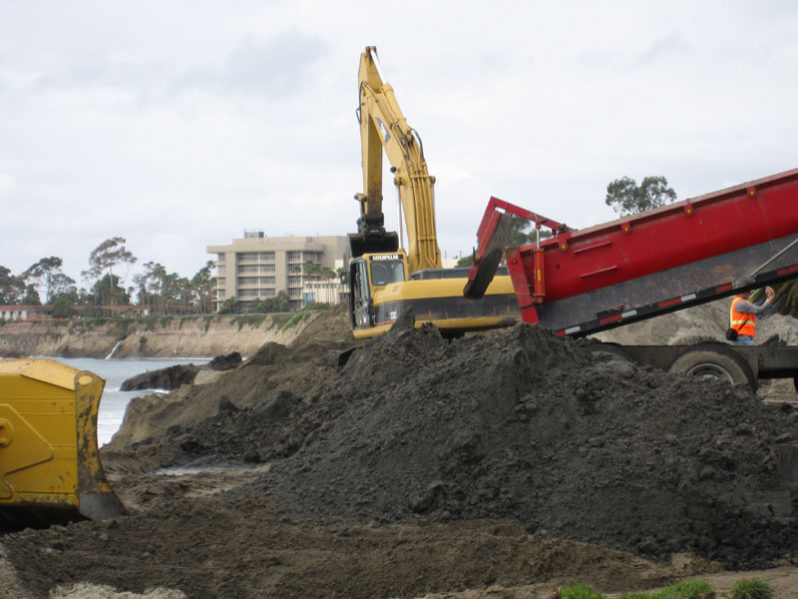
New research is shedding light on how mechanically placed sand on San Diego County beaches moves and its potential impacts.
Bits of the Sahara on the Move

Scientists estimate that winds and storms pick up roughly 180 million tons of dust from the Sahara Desert each year and deposit it in the Atlantic Ocean and on the Americas. In the past week, active weather systems made a big deposit toward the 2018 total, as relentless storms lofted vast plumes of dust for days.
Philippines closes ‘cesspool’ tourist island of Boracay
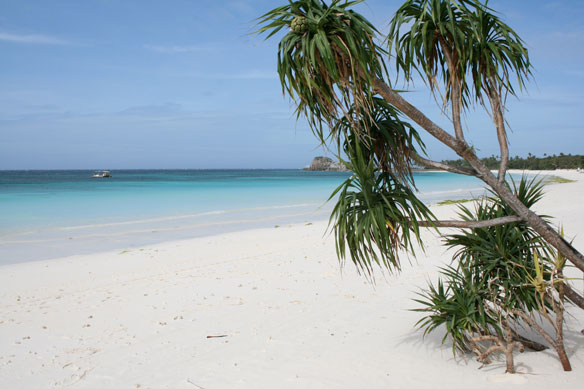
The Philippines has announced a six-month closure of the popular tourist destination of Boracay over concerns the island’s famous beaches and clear blue waters have been transformed into a “cesspool” due to sustained environmental damage.
